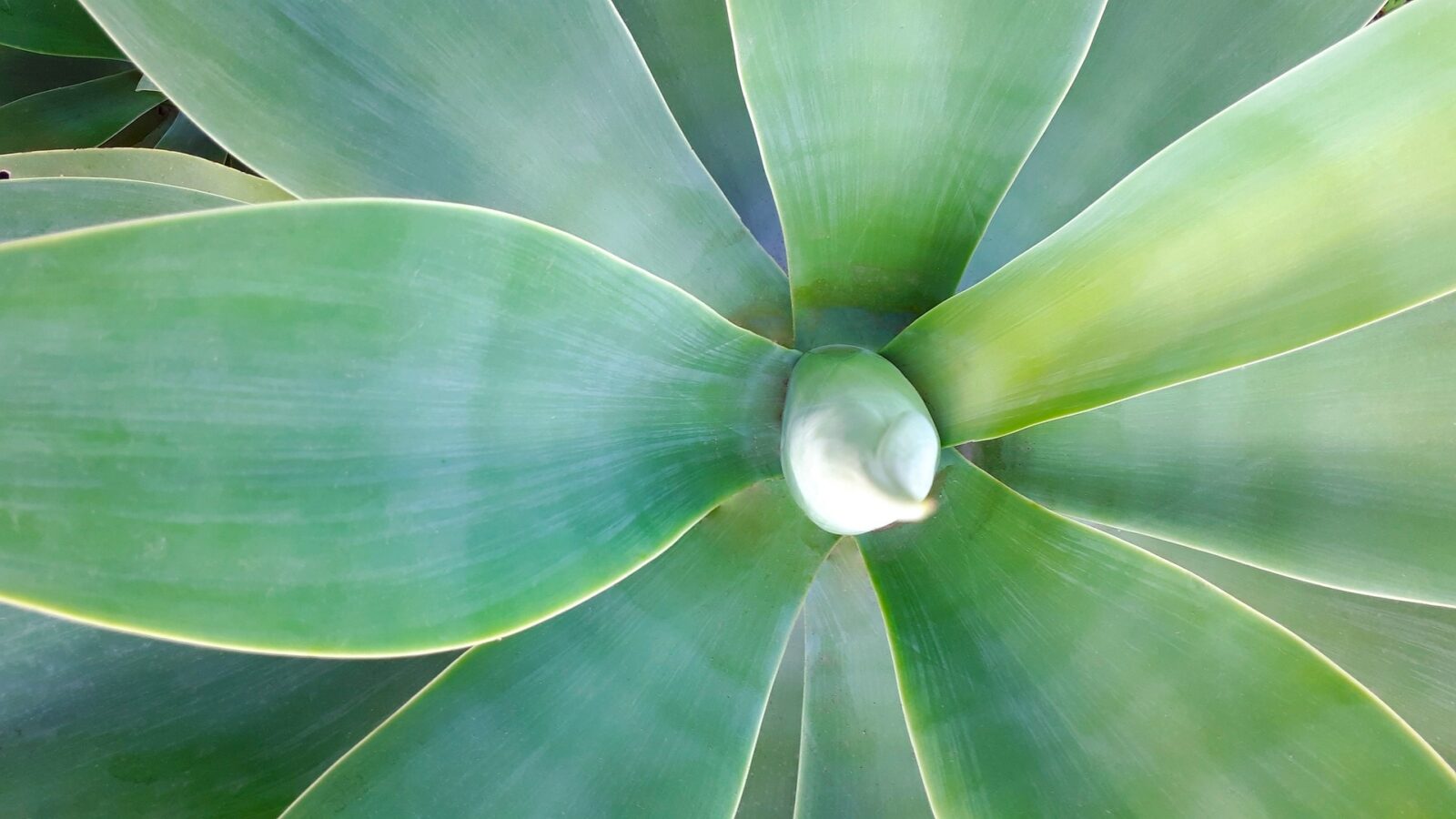
Gyllyngdune Gardens & Our History
ABOUT GYLLYNGDUNE GARDENS
Gyllyngdune Gardens is a wonderful place to spend family time together. Overlooking Falmouth Bay, the sweeping subtropical setting, with its Victorian shell grottos, monolithic arch and quarry garden are the perfect place to explore. Discover Morgawr the sea dragon in the natural play area and follow the trail to find hidden sea creatures.
A RICH HISTORY
Gyllyngdune Gardens is part of the original Gyllyngdune Estate built by General William Jesser Coope in 1837. After his untimely death in a coaching accident in 1838, the estate passed to his son, Rev Coope, who was the vicar at the Falmouth parish church, King Charles the Martyr. He was the driving force behind landscaping the gardens, enhancing it with unusual plants and installing the landmarks that we can still see today, such as the monolithic arch, the shell grotto and the shell seats looking out over the Quarry Garden to Falmouth Bay and beyond. The grotto and seats were decorated with by his five daughters using shells collected from local beaches as well as, those brought back from all over the world on the Packet ships. The quarry created by excavating material for the building of the original manor house, provided the ideal environment for creating a fernery, including tree ferns and plants from the far reaches of the world, such as Australia and New Zealand.
The estate originally stretched down to the seashore with tunnels providing access to the beach. The Victorian folly on the seafront known as Parson Coope’s Chapel, or the Chapel, was originally part of the gardens. It was never consecrated, but is thought to have been used as a summerhouse/ changing room for the Coope family before they went down the steep balustraded steps and winding tunnel leading to their private beach, now known as Tunnel Beach. It is still possible to access the beach at low tide via the tunnel next to the Chapel.
The Estate was sold on in 1863 and passed through several owners before being bought in 1900 by Frederick Horniman, part of the Horniman Tea Company dynasty. He was the local MP for Falmouth and also the founder of the Horniman Museum in London.
In 1903 Horniman sold the estate’s coastal strip of land to Falmouth Town Council, so they could complete Cliff Road, which completely separated the Chapel from the rest of the gardens. Further land was sold to the Council for housing plots, as well as for the creation of a public Winter Garden with the manor house becoming a private hotel.
The newly created Winter Gardens, known as Gyllyngdune Gardens, were opened in 1907 featuring the stunning cast iron bandstand built by W H Tresidder with a marquee extension for events. The Gardens were a really popular destination with the promenading Edwardian population, especially on a Sunday afternoon, when the one penny entrance fee was waivered.
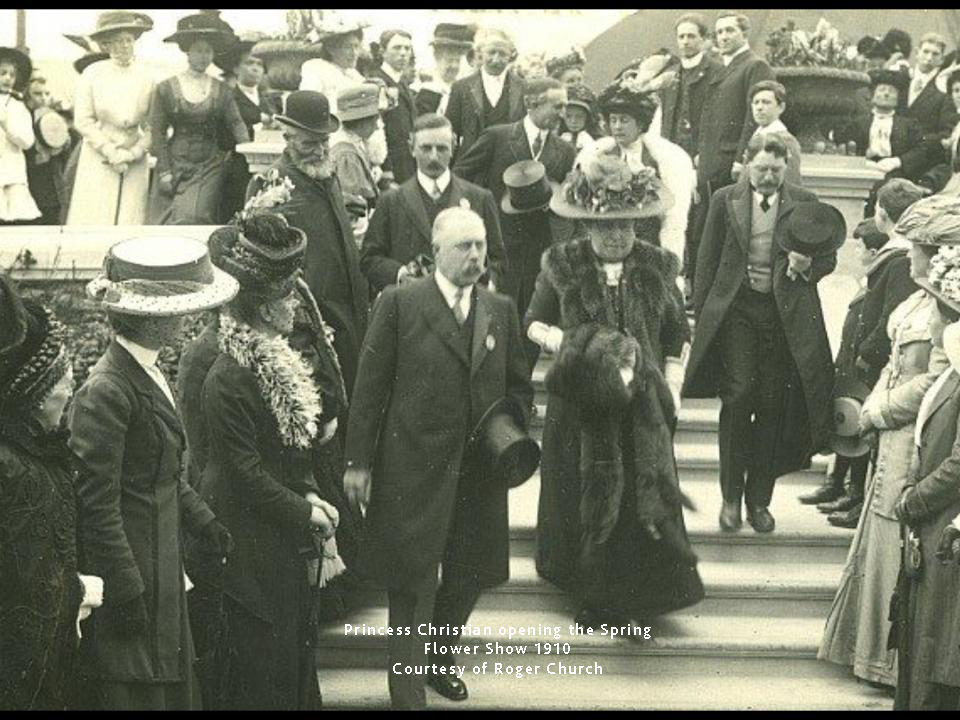
The first Falmouth Spring Flower Show was opened in April 1910 by Queen Victoria’s daughter, Princess Christian of Schleswig-Holstein. The following year it was opened by Princess Alexander of Teck, who officially named the newly built Princess Pavilion, which enabled the gardens to host larger, all-weather entertainment. The veranda, running round two sides of the Estate’s former walled garden, was furnished with cast iron and timber slat seats apparently retrieved from the decks of a Royal Mail steamer. The area below the veranda was developed as a rosary with a glass house retained for propagating bedding plants.
A pictorial guide to Falmouth describes the Gardens, highlighting the covered veranda promenade, the Pavilion, a bandstand where daily summer concerts are given, frequent garden parties, fetes and fancy-dress balls, as well as a tea-house that was open all the year. By night the gardens and quarry grotto, with its sub-tropical plants, were lit by electric light and made a popular rendezvous. A public tennis court was a later addition, but with the rise in popularity of the car, was subsequently converted into the venue’s car park.
During the 1960s and 70s the gardens were transformed into a Tyrolean Biergarden with extensions being built onto the original tearoom and striking bedding displays creating the backdrop for drinking under Harp lager umbrellas, making it a go-to destination for holidaymakers and locals alike.
The site’s popularity continued after it was taken over by Carrick District Council in 1974, although in the following decades it started to fall into disrepair. In 1997, amidst rumours that the site was to be sold for redevelopment, Falmouth residents Barbara and Barry Boase began a campaign to save the run-down Pavilion veranda, bandstand and gardens and forestall a possible sale, forming The Friends of the Princess Pavilion in 2000.
Working with the relevant authorities, their drive and passion secured funding to renovate the veranda and bandstand back to conservation standards. They were later involved in securing a £2.3 million Heritage Lottery funded project to restore the gardens, quarry tunnel, shell seats and grotto, rose arches and glass house, as well as create a new restaurant and a play area inspired by Falmouth Bay’s mythical sea monster Morgawr, with children from four local primary schools helping to create the mosaic and poetry used in the play area’s final design. The newly refurbished site reopened open in 2011 restoring this jewel into the heart of its community.
The stable block at the entrance to the car park on Melville Road remains largely unaltered since its 1840 build and is the last remaining part of the original estate.
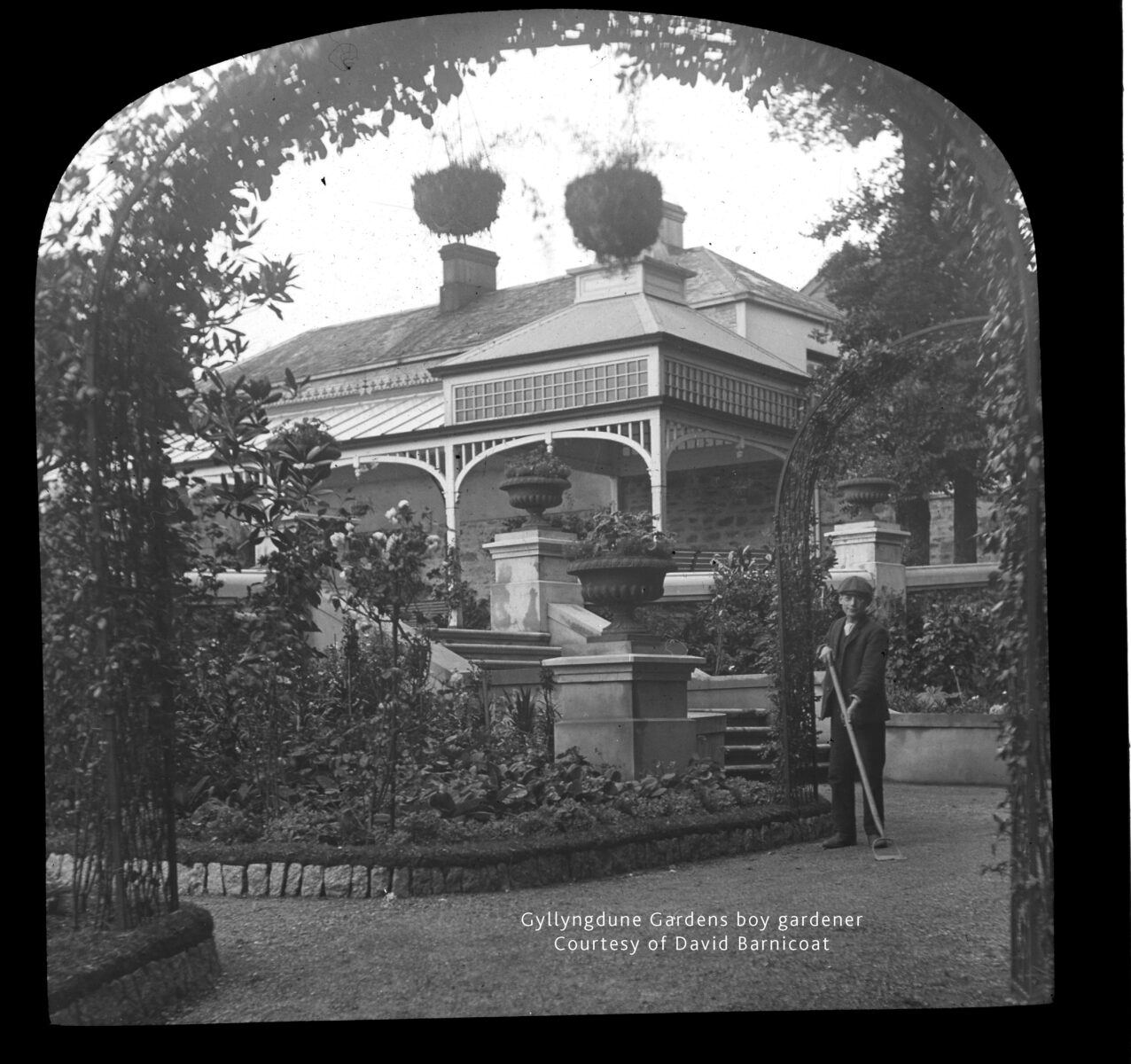
PLANT LIFE
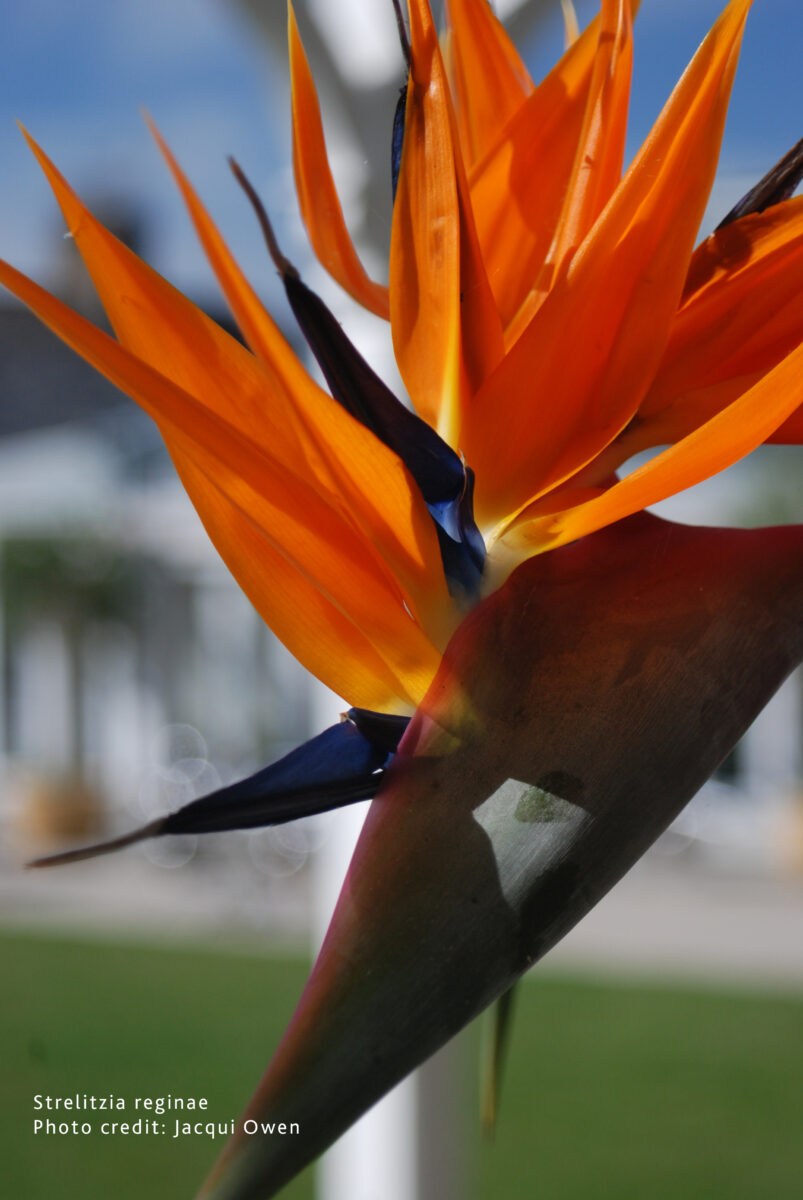
The four acres of gardens were reinvigorated in 2011 as part of a Heritage Lottery Funded project. Funds for the planting itself were limited, so the then Head Gardeners, Howard Burns and Matt Stannard, used this to buy some choice specimen plants, which were supplemented by the good horticultural practise of lifting and splitting plants in Falmouth’s other public gardens.
The vision was to create a public Garden that offered something different from the other gardens, full of rare and unusual plants for everyone to visit and enjoy. The new greenhouse was used to propagate and also sell plants, the profits of which were reinvested back into the garden buying from specialist nurseries and rare plant sales.
Benefiting from Falmouth’s warm subtropical climate, Gyllyngdune offers several different microclimates in which plants can flourish. Under the Edwardian veranda, plants benefit from the combination of the shelter of the glass roof and the original thick surrounding walls, meaning that tender specimens, such as Strelitizia reginae (Bird of Paradise plant), Tibouchina urvilleana (Glory Bush) and Bougainvillea can grow happily outside all year round.
The shingle borders next to the greenhouse, flanked by two large Phoenix canariensis (Canary Island date palms), are home to Daphniphyllum macropodium, the South African Colletia paradoxa, Protea exima and Pseudopanax ferox, as well as a variety of agaves, succulents and in Spring the stunning Scilla peruviana (Portuguese bluebell). The pond in front of the greenhouse, is on the site of the original dipping pool used to water the manor house’s kitchen garden and is shaded by the expansive leaves of the Tetrapanex papyrifer ‘Rex’ (Rice-paper plant).
Walking through the gates, down to the lower garden, the borders are home to Acacia verticilata, Acacia obliquinervia and Wollemi nobilis (Wollemi pine), thought to be extinct until they were rediscovered in New South Wales, Australia in 1994. Further on, the coolness of the Quarry Garden is home to a variety of shade loving plants including tree ferns, such as Dicksonia antarctica and Cyathea australis. On the grassy knoll overlooking Falmouth Bay, we are lucky to have been gifted a Darley Oak sapling, as part of the Queen’s Green Canopy project. This was planted to celebrate the many years of hard work and dedication that expert gardeners Howard Burns and Matt Stannard have put in to restoring the beauty and interest of the garden. It is grown from an acorn from Cornwall’s oldest oak tree, the Darley Oak, which is thought to be around 1000 years old.
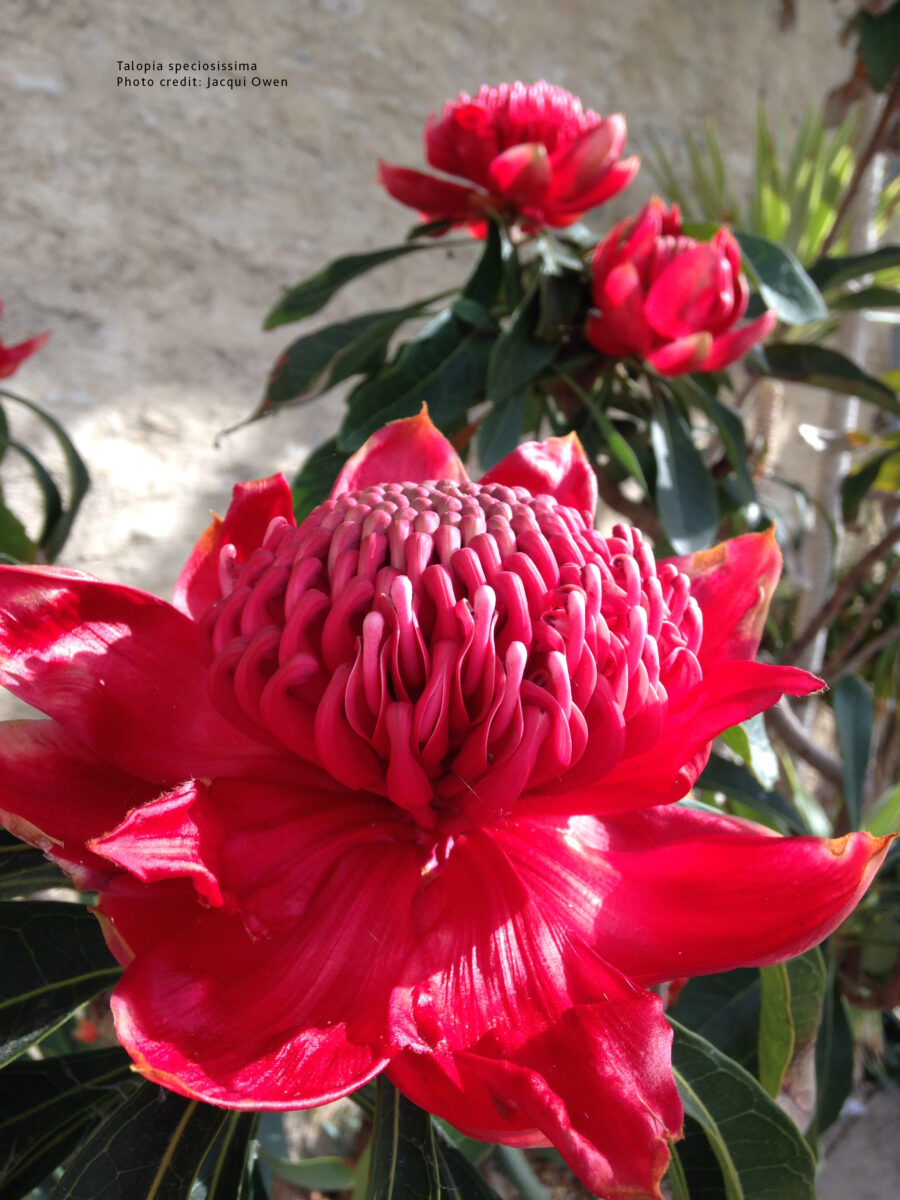
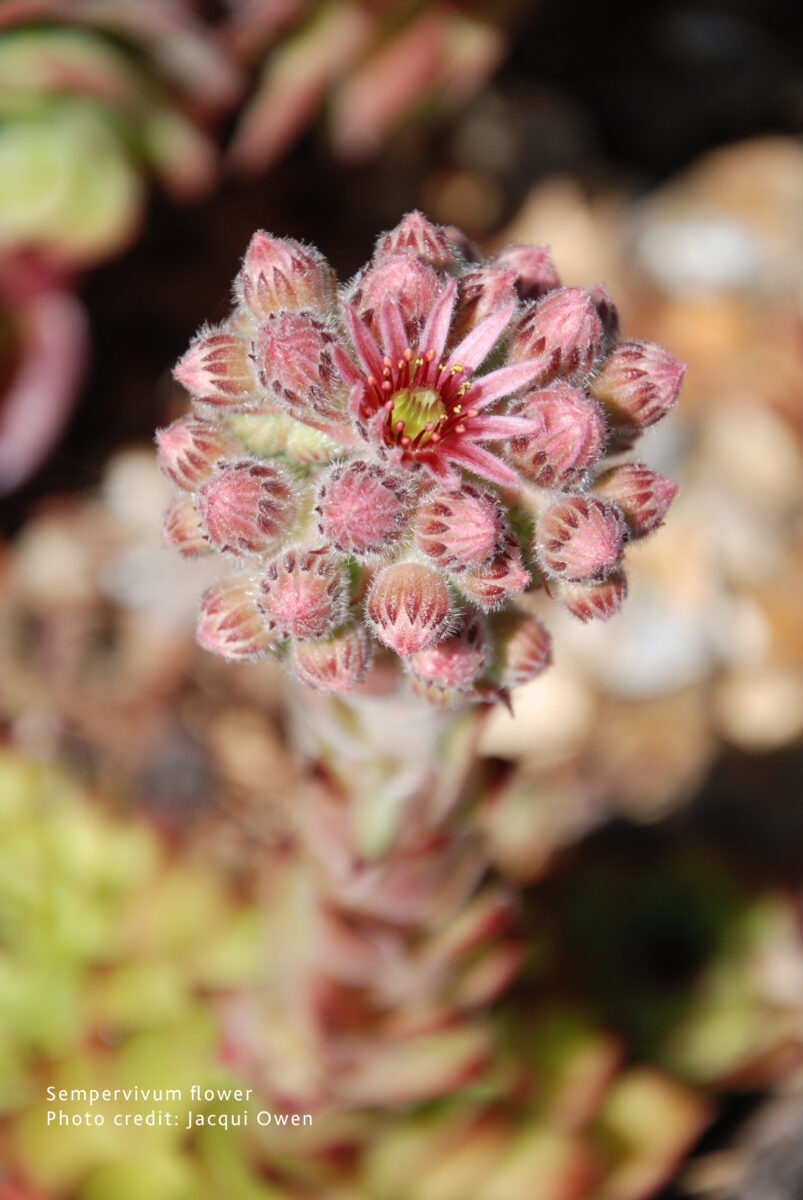
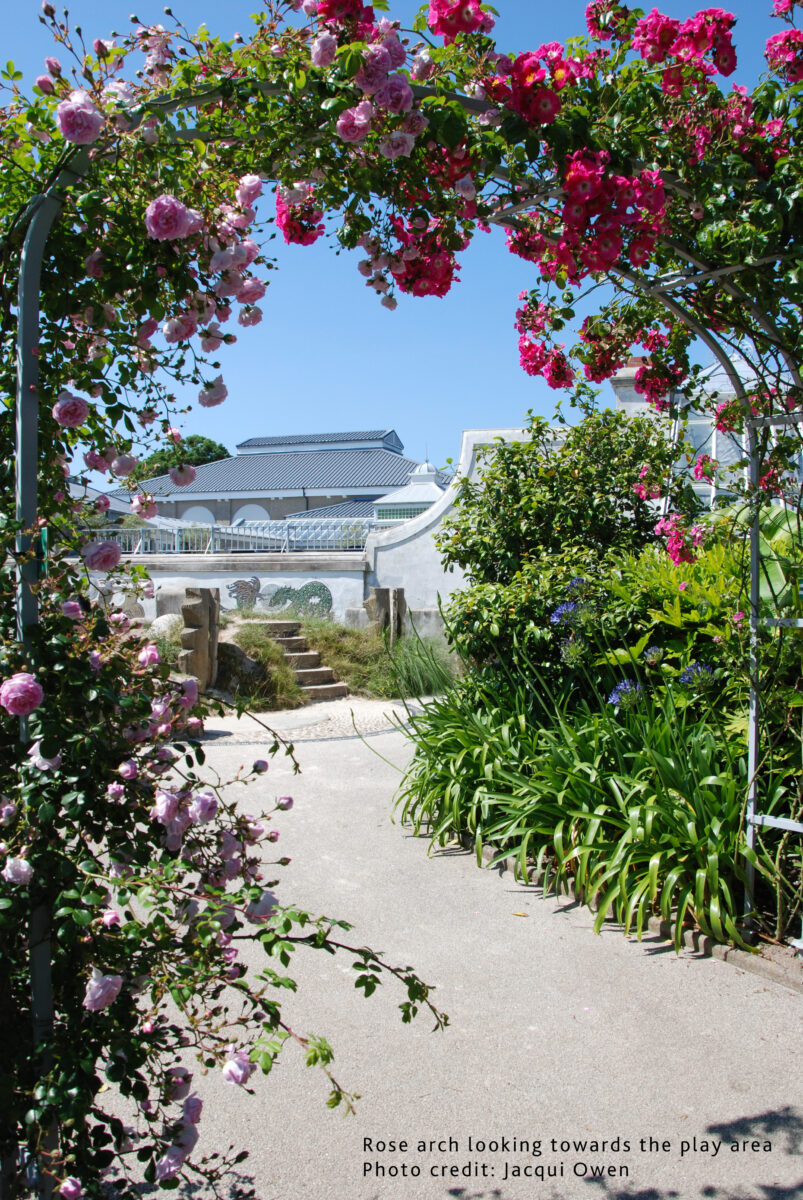
At the bottom of the garden, the eye-catching planting in the seafront borders boast Dasylirion longissimum, Agave americana and Doryanthes palmeri, with its showstopping flower spikes. All of these different areas come together to create the gem of a garden that Gyllyngdune is today.
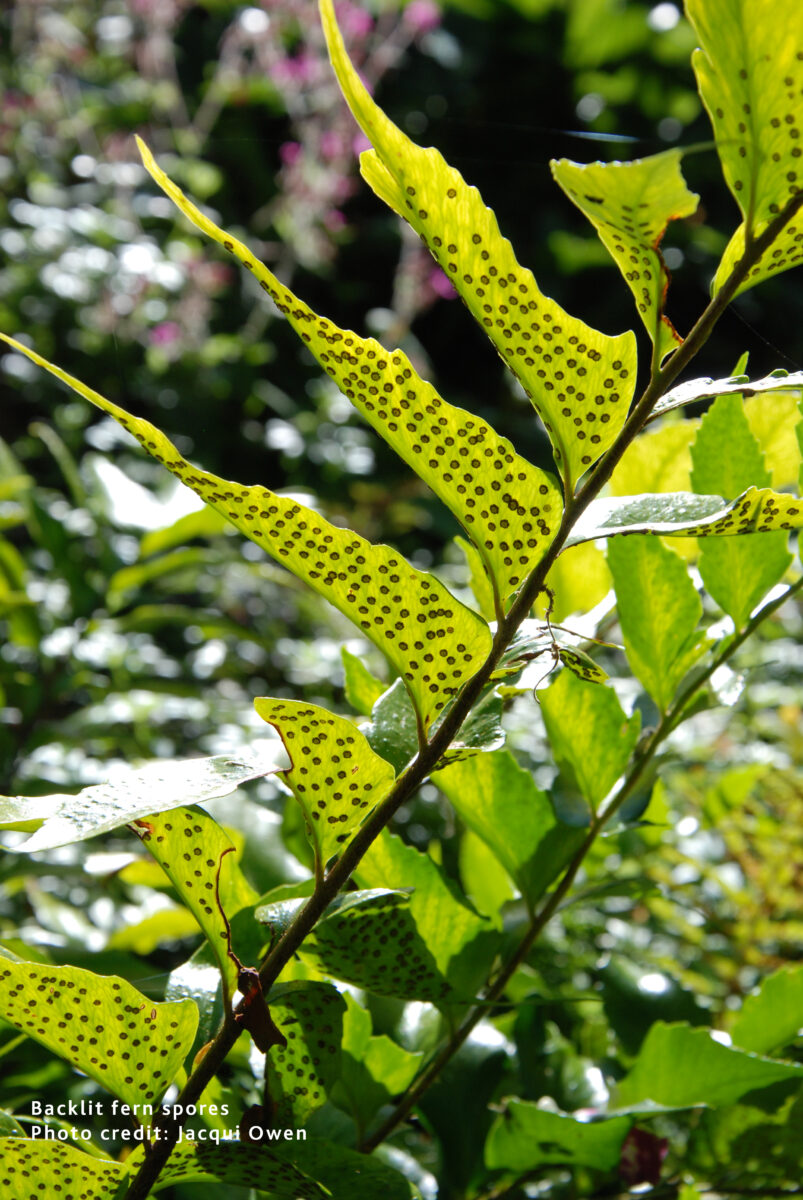
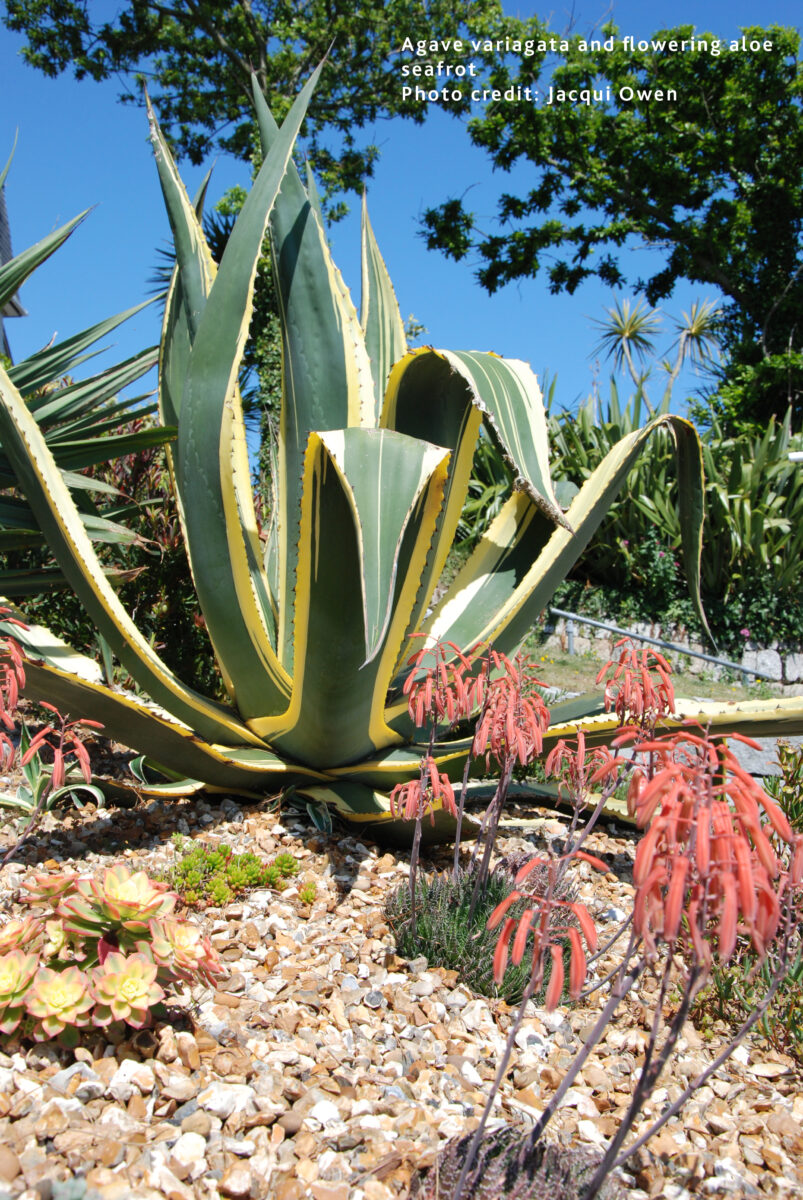
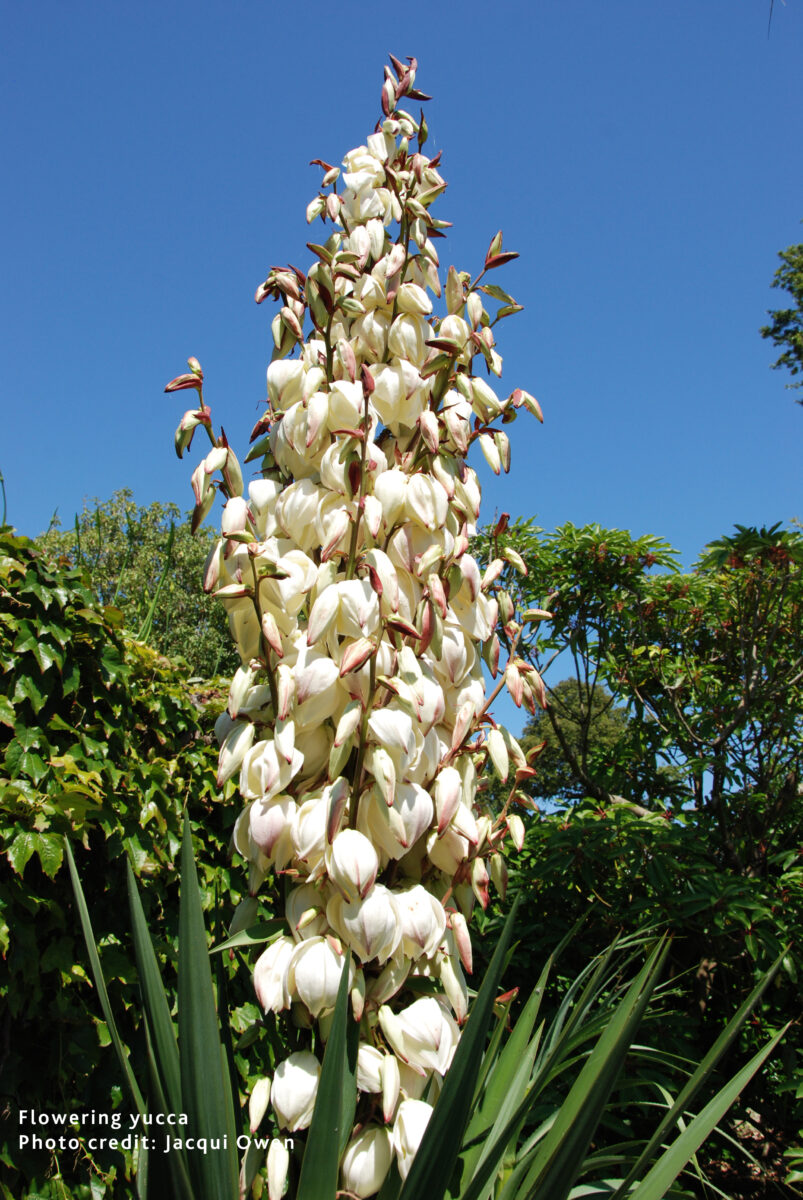
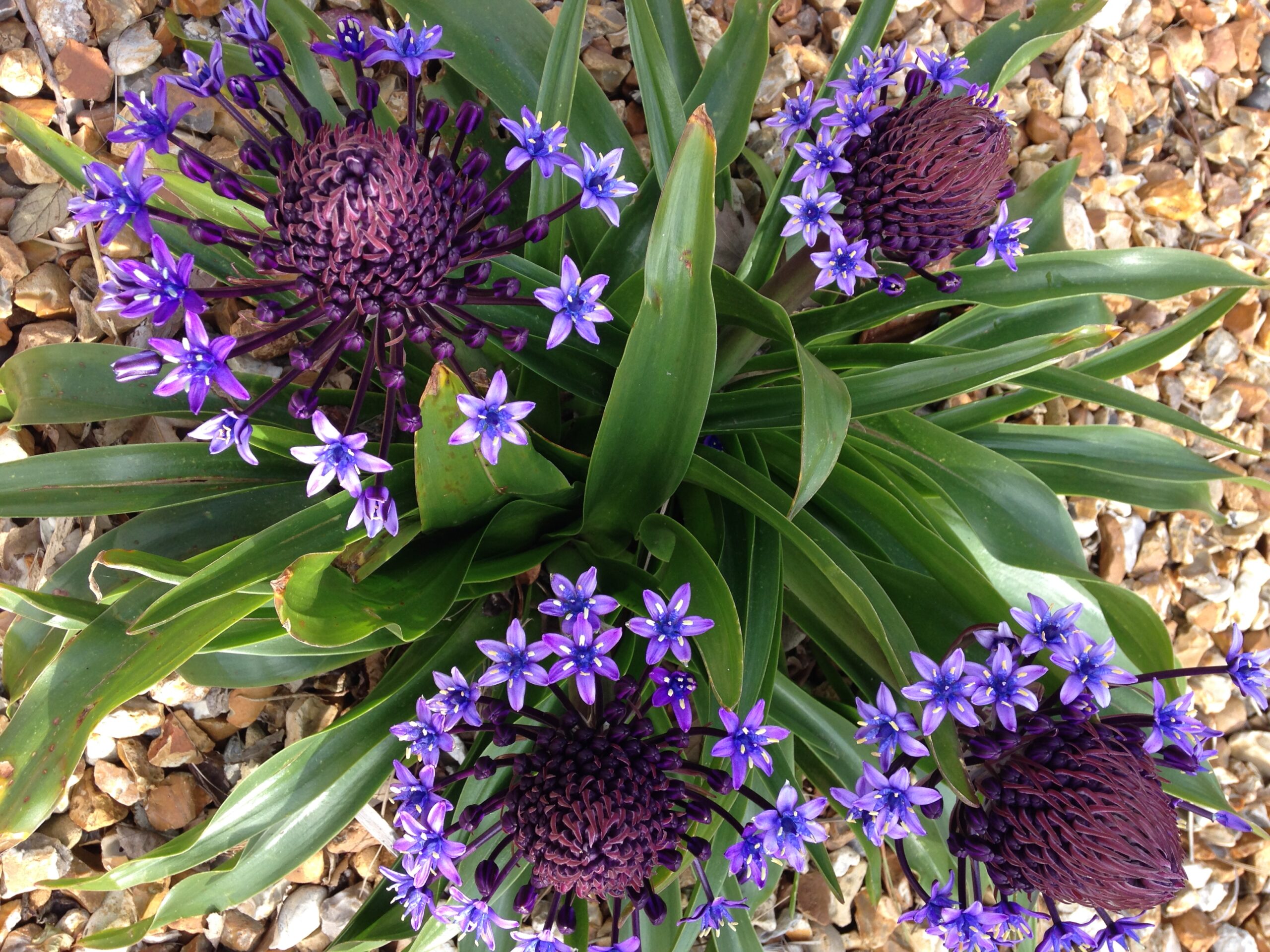
MAP OF THE GARDENS
Click the link here to view a map of the gardens to help you discover all of the wonderful plants, flowers and special places within Gyllyngdune Gardens.
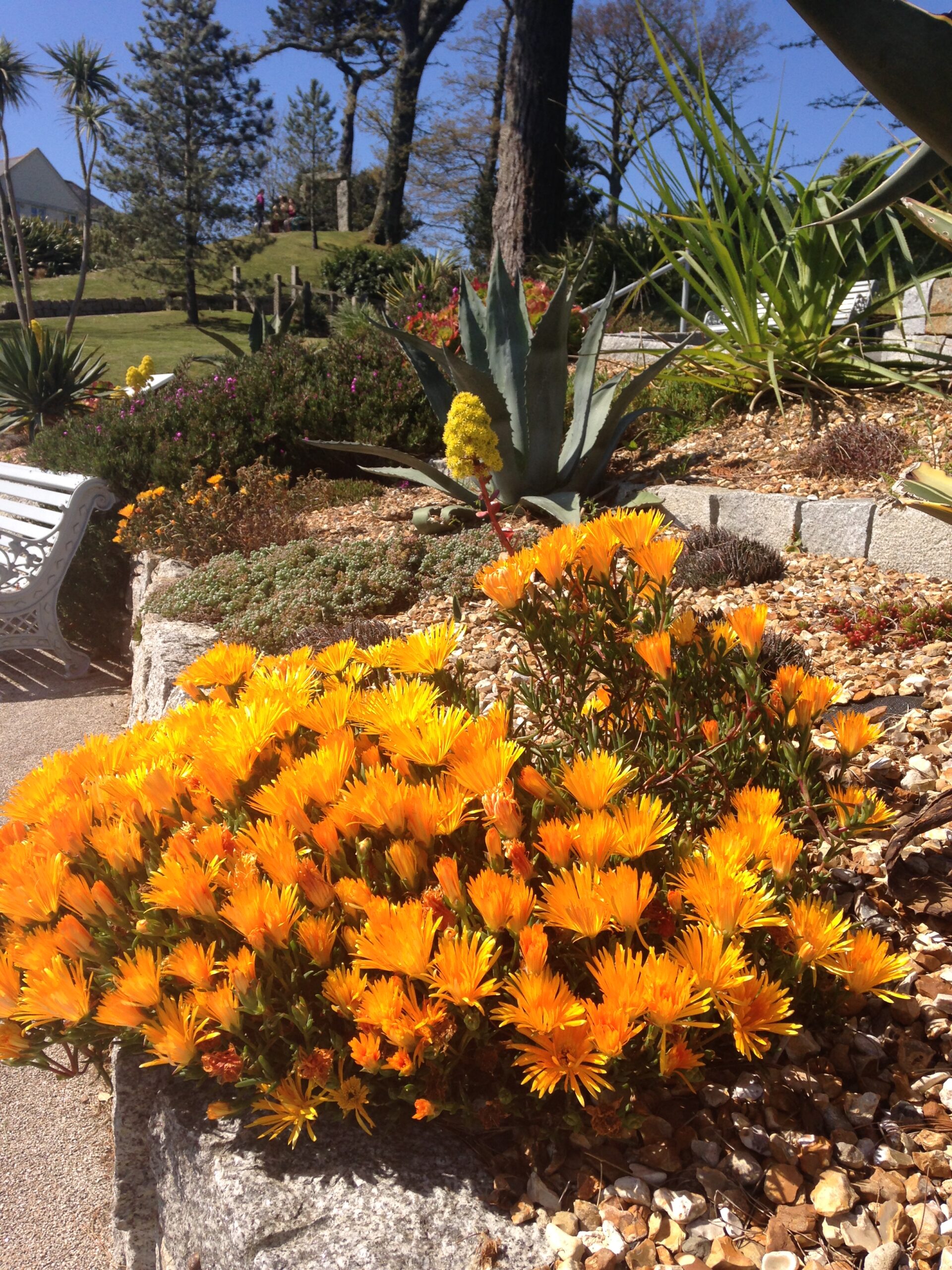
THE PRINCESS PAVILION CAFÉ & BAR
Why not visit the café while you’re here and treat yourself from our tempting menu of delicious, locally sourced food and drink. Open from 10am – 4pm, Monday to Friday, the cafe is light and airy with gorgeous views over the gardens. For more information about what’s on offer, click here
HOW TO GET HERE & VISITOR INFORMATION
WALKING
The gardens are a 5-10 minute walk from the seafront, town centre, the Maritime Museum, Gyllyngvase Beach and Pendennis Castle.
BY TRAIN
The Maritime Line runs a twice hourly service between Truro and Falmouth. Falmouth Docks stop is a convenient 500m walk away.
PARKING
Free parking is available on site but is limited. Additional parking is available at Gyllyngvase Beach.
OPENING HOURS
Free entry and open all year.
Winter: Morning – Dusk
Summer: Morning – Dusk or 11pm during evening performances.
ACCESSIBILITY
Please visit the page here for information about accessibility at Gyllyngdune Gardens.
Keep In Touch
Sign up to our mailing list to stay updated about all the latest events!